Copyright 2025 © All rights Reserved
Here are some good tips for you, if you ever wondered how to become a professional travel photographer
Then you should pay attention now if you’re interested in becoming a professional freelance traveling photographer, just like me, who is the author on this blogpost.
Read this article and gain great insights into how to become a professional freelance traveling photographer, based on me own experience.
12. Diversify your clients on your photography trips
If you’re reading this, then you’re probably already a photography fanatic and are passionate about capturing brilliant travel photographs, just like me.
We could spend hours or even days walking around capturing photos because it’s a satisfying and rewarding feeling… But imagine also getting paid for taking photos on your trips.
First you must do your pre-trip research
Get an overview of ALL potential clients on your destinations and prioritize them to how well the companies match your interests.
I normally go about mapping clients like this;
1. Collaborate with companies that own a cool product/gadget: something that I can bring along in some unique environment, often I reach out to companies with trending wearables (like in the images down below, I captured for the company woodme.dk on my trip in Lofoten, or for Hjemhavn on my domestic trip in Denmark)
2. Find clients with a unique environment on the destination you are traveling to: companies, clients, or people with access to unique surroundings on the destination (Here I have a great example from my very recent trip in Italy, where we stayed at the fantastic @villailpoggiale – An amazing Renaissance villa from the 1500s in the Chianti area with beautiful rooms and excellent service.)
Here you also have a very unique opportunity to showcase the products you’ve brought along on your trip – when we visited the Renaissance villa In Italy we had a fantastic shoot with the woodme.dk watches and the company loved it!
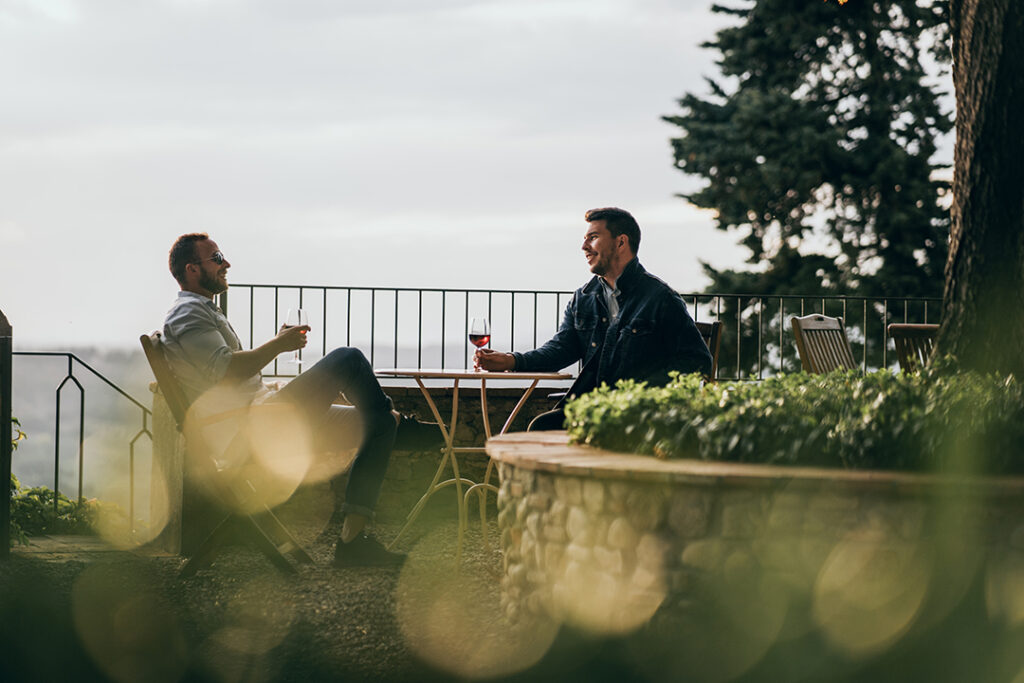
3. Also, look for clients with a commodity that can reduce your travel expenses: when it comes down to the economy and the budget for your trip, consider how much you’re willing to work and how much you want to enjoy the journey…… And I love my job, being a photographer, so I take all the opportunities I can to shoot nice photos, even for restaurants, hotels, etc. to lower my expenses on my trip. (Below are only A small selection of restaurant and food photos I’ve done)
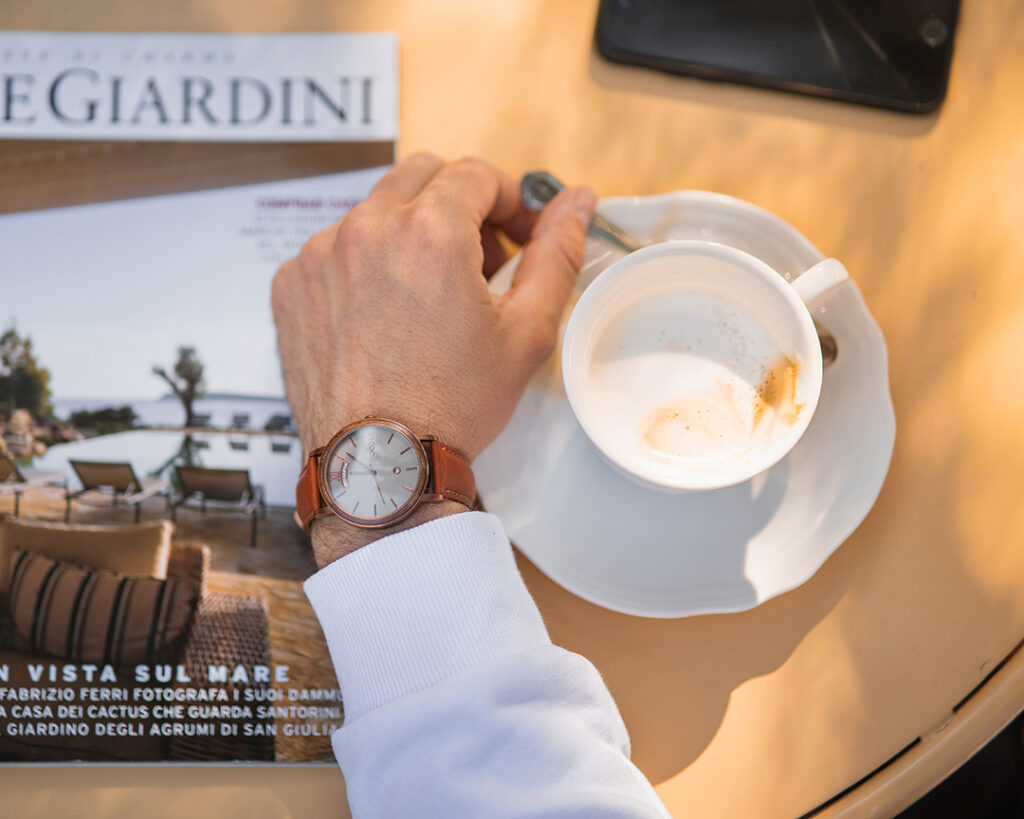
This is how I prepare my clients for my trips
My experience is if you combine these 2 types of clients for your trip, then you’re truly off to a great start.
My personal best advice is to remember that shooting for restaurants and hotels, might not necessarily pay much in money, but they sure make your trips an unforgettable experience, with great food and facilities.
- So don’t be afraid to reach out to new clients. Who knows, maybe they have just been thinking about getting new photos taken.
- Try writing to the Hotel you plan to stay at, and see if they’re interested in a few photos – maybe you’ll end up getting an upgrade or a small salary for it!
11. Reaching out to clients and client pre-trip.
Have you ever asked yourself; “How do I make sure that I optimize my earnings as a traveling professional photographer”… Then here is how I make money as a travel photographer and this is how I’m getting paid to travel the world.
How to build interest from the clients
Reach out to the different companies, fill them in on your interests and make sure to let them know that you’re a hard-working professional traveling photographer who does this for a living.
Then make sure to use the scarcity theory to sell your service and yourself;
Remember that you might not be coming back to that specific location, so let the client know that they’re given a one-time opportunity to buy access to your audience reach and service.
It’s a good idea to inform the client that when they buy the services from you, they don’t only buy the most outstanding photo service; they also purchase access to your own media channels, both now and in the future.
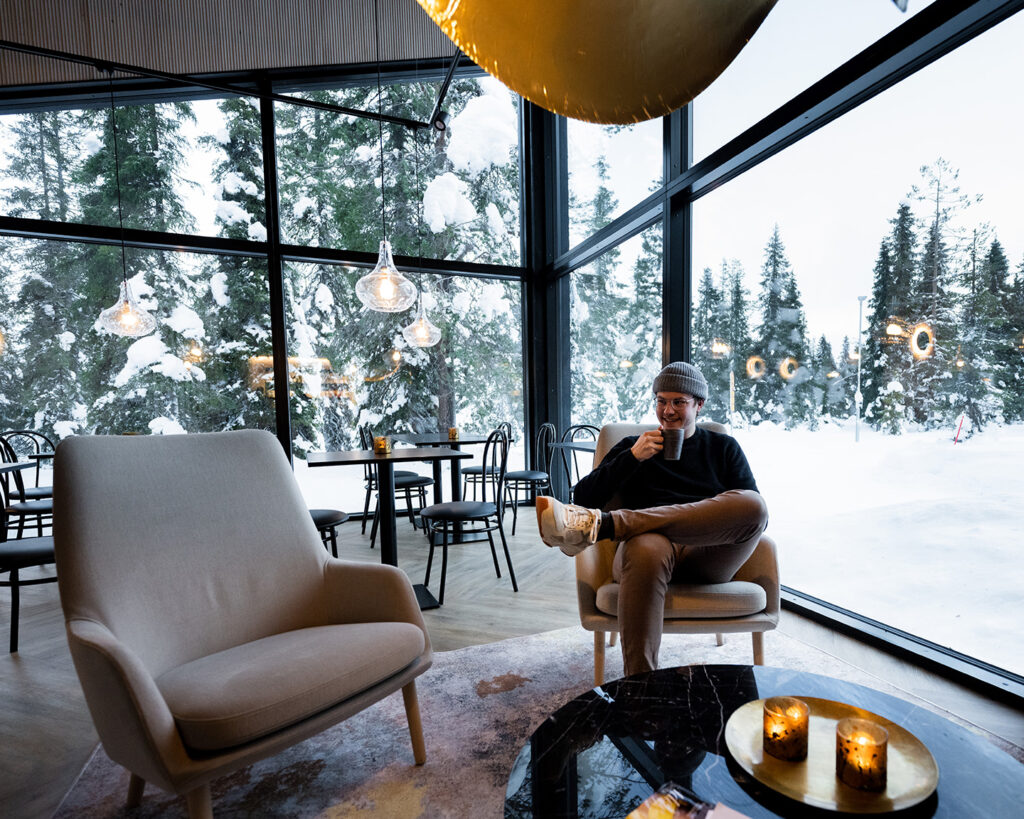
Find multiple “potential” clients
A good rule of thumb is always finding more than one client for a potential shoot you’re interested in doing on your trip… Or at least try to find another client with a similar product offering so that you can secure yourself the best economic situation.
Your time while being on the location is your most significant resource. So every time you find an exciting client, you should put in the extra time and effort to do the additional research already in the planning phase.
- An important thing to keep in mind: it is more than okay to say no to a job. If you have a bad gut feeling about a job or client, it’s okay to decline it. There is nothing worse than a halfhearted project where you feel uncomfortable, and the client receives an unsatisfactory finished product.
Be transparent; it’s a winning strategy!
I always believe being honest and showing great transparency towards potential clients is a good idea, especially when you’re reaching out.
It makes the company feel like they can trust you, and that your product-offering is trustworthy. So for me that’s a winning strategy on gaining their interest.

A great tip of mine is to let the company know that you’re in talks with similar companies and that you exclusively plan to do just one of the shoots – Here, transparency is perfect, so you should name-drop other “potential client” companies; if you can!
This will only make the client feel the FOMO (Fear Of Missing Out) feeling even more and make them feel as if it’s a competitive advantage to hire you for the assignment because they’re taking the option competitor away too.
10. Working with Travel Magazine Editors are great!
Establishing a good relationship with a few travel magazines and editors might be a really good idea in the long run!
They’re a great alternative client for you to collaborate with since they always hunger for new content to write about together with great photos, and you might be their endless resource to precisely that.
Furthermore, these magazines are already in contact with many clients you might find interesting in the destination you’re going to! So they are often able to help you even more on building a great clientele for your trip.
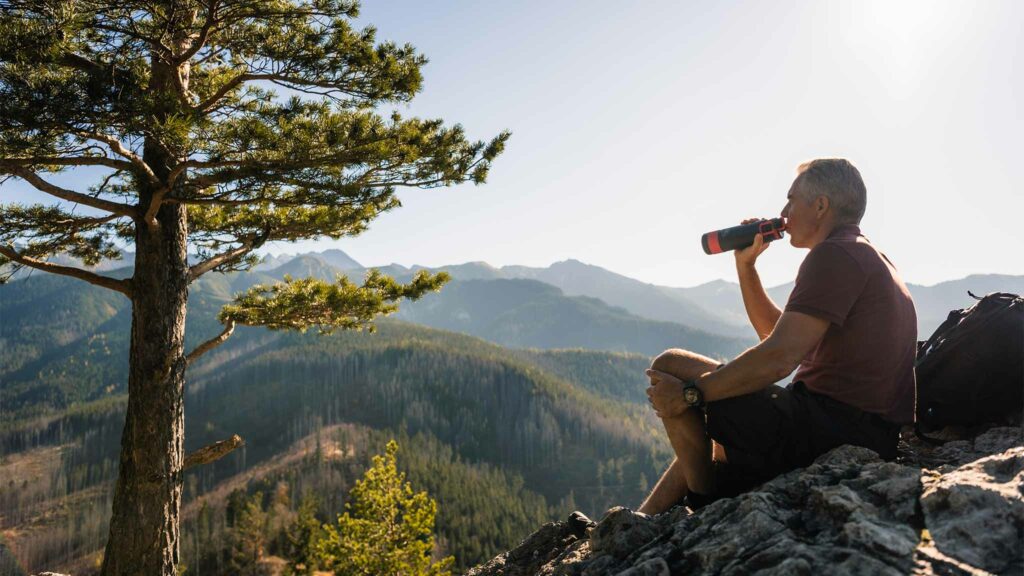
My best advice is to look for travel magazines focusing on some of the same content niches you’re also passionate about on your photo adventures.
Having that shared interest gives you a common understanding of how your deliveries should be, which grants you more freedom when you’re out and about.
So if you’re in doubt where you can find travel magazines and editors to work with?
Then you best consider attending one of the many tourism exhibitions near you!; Here, you will find plenty of magazines and authors to collaborate with on your work for your next travel adventures at these events.
Most popular tourism exhibitions fairs near Denmark:
- Herning, Denmark: www.danishtravelshow.com
- Germany, Berlin: www.itb-berlin.com
- London, England: www.wtm.com/london
9. Know your price, including what you are worth for your time and effort?
It can be incredibly complicated to give a price for a piece of work! Your offer both needs to be attractive when it comes to cost and content quality. But it’s also important that you better don’t sell yourself too cheap; that is a lousy pathway for you.
It’s a common practice always to remember to have an integrated time buffer inside your budget to unforeseen challenges and unexpected additional subtasks because they almost always occur.
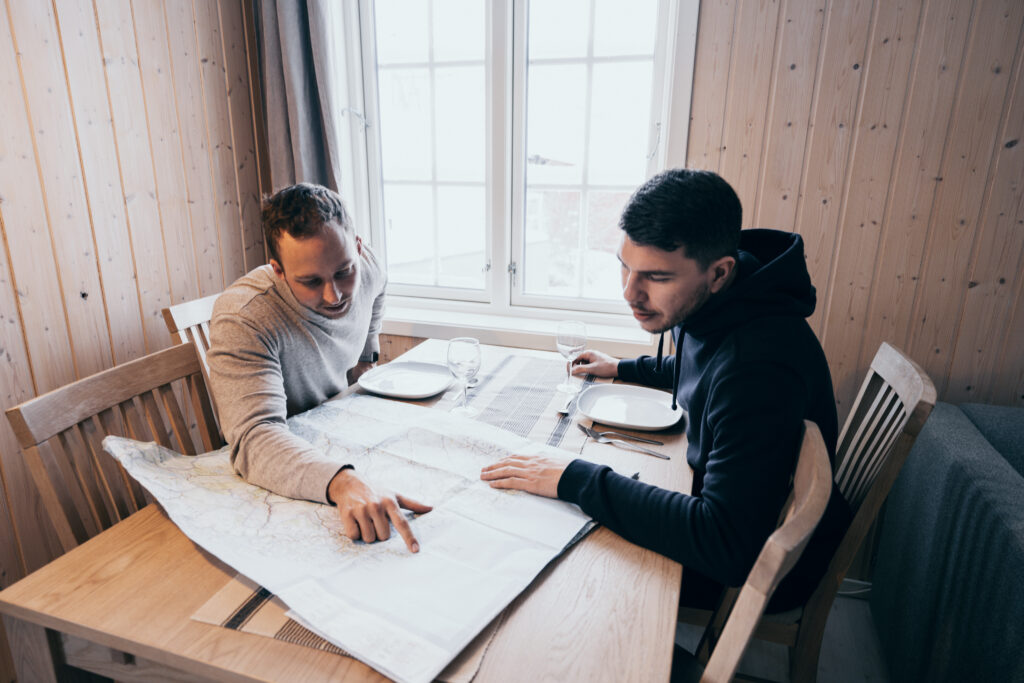
But for you, it would be a great start if you have a rough idea of what price you would like per hour or for an all-day assignment. Setting an hourly or daily fee is your default price model.
Of course, this price model can change depending on the client! So it would be a good practice to think carefully if there is a reward for working with the client aside from money.
Here are a few examples where you should consider letting the price deviate from the default price model you’ve chosen;
When should you consider a lower price for your work?
Suppose it is an exciting customer/project: where you see it as an exceptional opportunity to improve your portfolio, optimizing your competencies, or if there is a chance of getting recurrent work.
- In that case, you might want to consider devaluing the cost of your service if the extra outcome of the project makes up for the missing value in earnings.
When should you consider upping your price?
If the client is wealthy and can surely afford your price point, you should always stick with the upper market standard price. Because selling yourself short on the price will make the wealthy clients reconsider if your product offering is of high or low quality.
- In this case, you might even consider leaving a financial buffer on top of the time buffer to make room for additional quality assurance since this customer has higher demands.
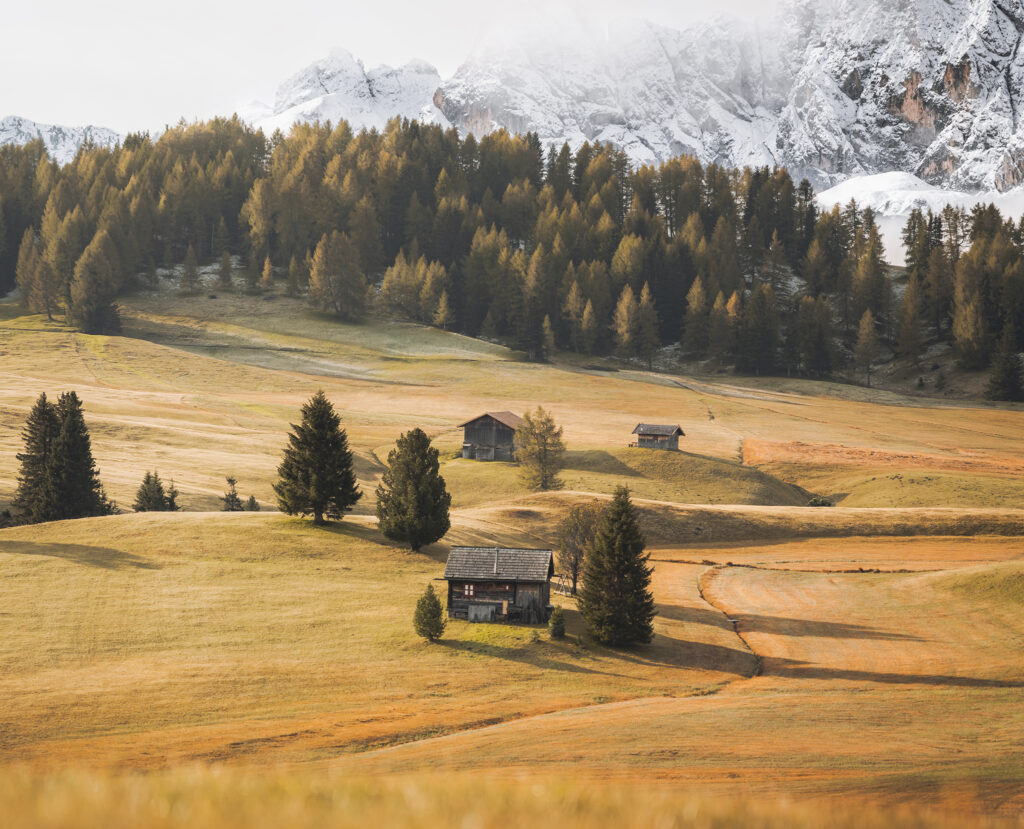
Finally, go with your gut!
You should always go with your gut feeling when setting a price point on a project for a client; it always comes down to how good you are feeling the client’s interests and budget.
- Remember to say no, if the assignment turns out not to suit you and your brand as you had expected.
At least consider if it’s worth your resources while being on the destination to do what’s being expected of you, if it doesn’t let you focus on your brand as well… if that was the intention.
8. You must maintain a strong and diverse online presence with Your photography brand
How active and good you are at creating content for your brand on social media and your website is perceived as the most significant indicator of your competencies to produce and deliver great content for the clients you’re attempting to work together with.
But as a serious photographer, you must experiment with multiple platforms and media channels for your content to find your way around in the digital landscape. To ensure that you’re appealing to the companies you’re trying to get work from and are relevant where the clients want to be exposed.
Over time you will figure out which platforms are worthwhile for you.
Having a website for your brand is essential
Having a website for your brand is essential for becoming a professional photographer instead of just another Instagram influencer.
Here you can stand out as a professional individual that is worthwhile for companies to hire.
Here you have the opportunity to showcase ALL of your competencies, also the ones not matching your own social media brand, so here you have a better chance of standing out from your Instagram competitors.
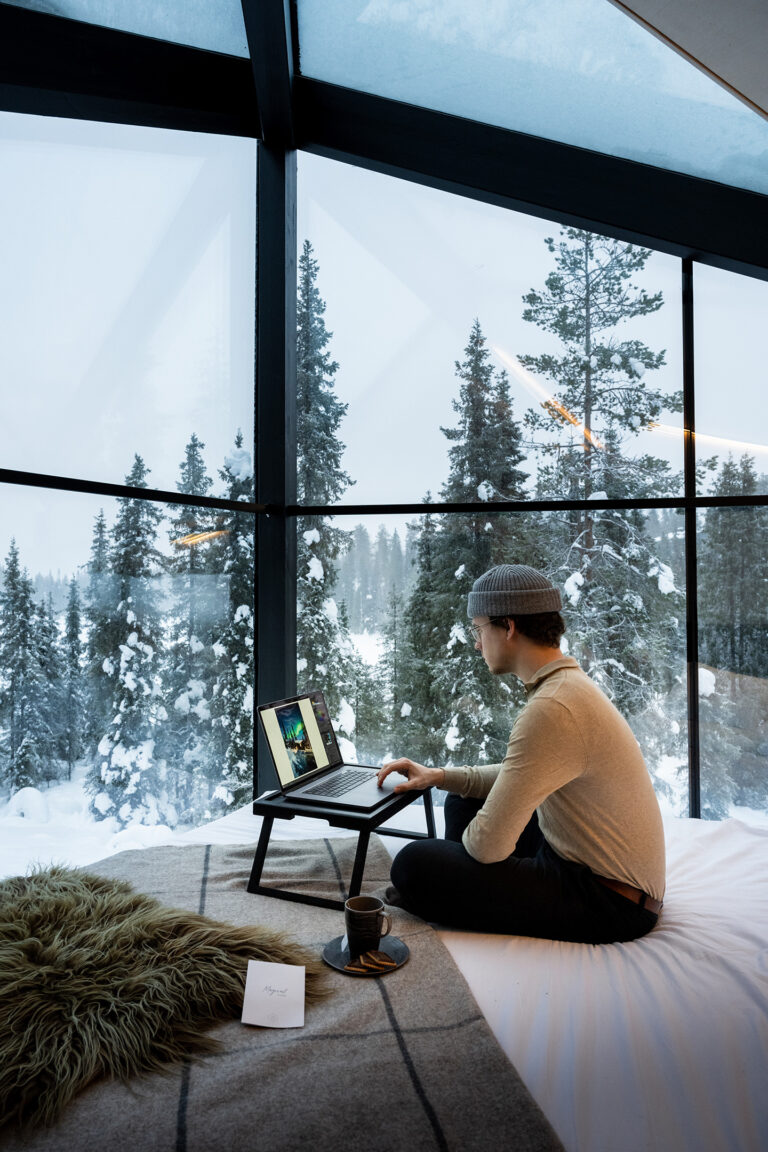
Many photographers and SoMe influencers also write a blog about their experiences, expertise, and knowledge. This is another great way to promote yourself as an expert and build an illusion of authority connected to your brand.
Over time this is vital to get an even more solid justification for improving your earnings on jobs, and your blog can even become another significant source of income.
Read more about: How to build your own online presence as a digital nomad photographer
7. The best camera is the one that's with you
Remember that better gear doesn’t always mean better pictures! Most often the camera you’ve already got is good enough to get started on you adventure!
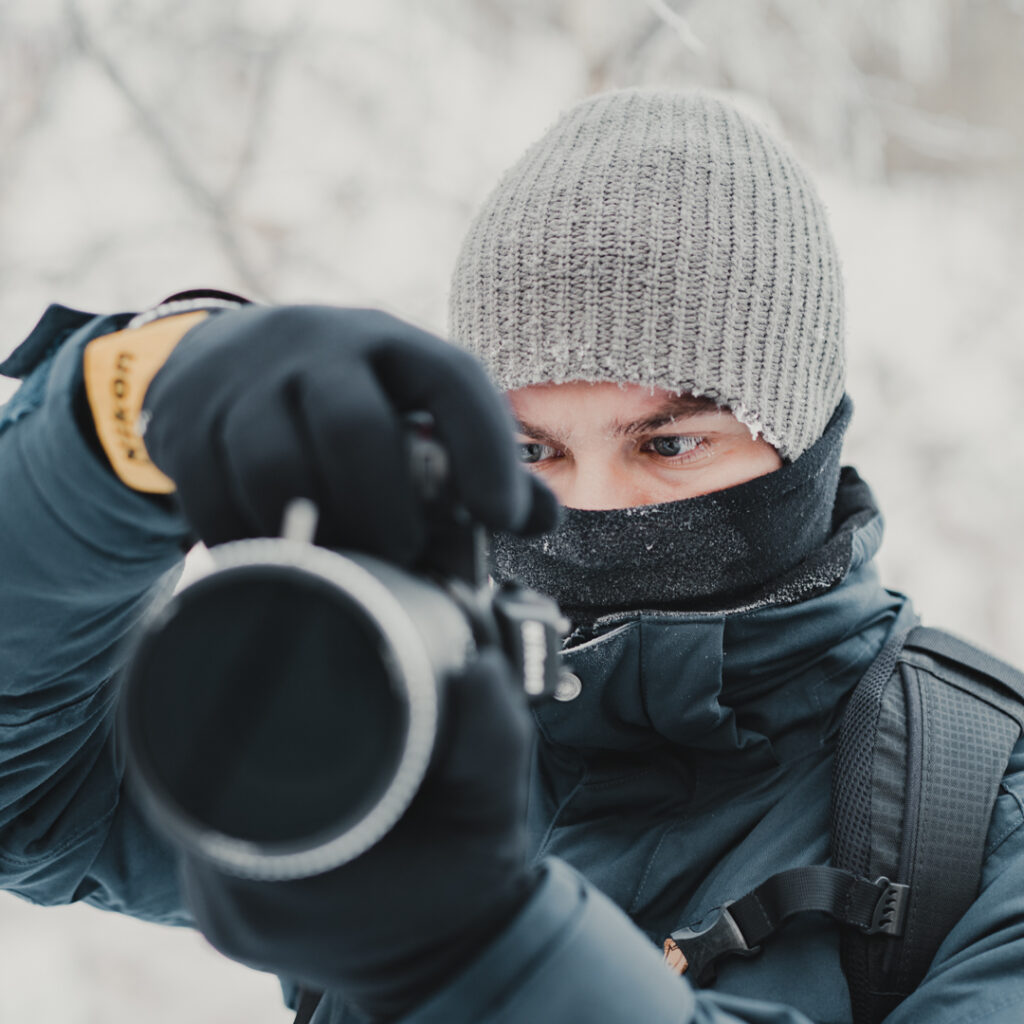
Learn how to master your camera
Being able to work the camera and knowing how to set up great photo compositions is much more important, than you having the latest of the latest new technology.
So what does learning to master the camera means?
Mastering your camera’s settings is fundamental for all photographers to help them hone their photographic skills.
However, learning everything you need to know about a camera’s settings can be pretty overwhelming to apprehend.
But the very first three settings you should learn to master is;
Aperture
Shutter speed
ISO
Aperture
Aperture controls the amount of light that passes through the lens to the sensor, which has a massive impact on the image’s exposure.
When you want to have a large portion of the scene in focus (big depth of field), you should use a narrow aperture, that is, an aperture between f/8 and f/16.
Shutter speed
Shutter speed determines how long the camera shutter is open and capturing light, which is essential to ensure that objects in the picture are not blurred due to motion and shakiness… so this is super important if you are taking photos without a camera stand.
When you want to capture motion like in long exposure photography or want to shoot in low-light like in night photography, you should use a slower shutter speed,
ISO
The ISO is the most crucial setting if you want to edit your photos since this determines how much data is being captured in your given light environment.
However, when you’re shooting under good light conditions, you should use a low ISO setting (Values from ISO 100-400 are considered low ISOs).
And in those situations where there’s not much light available, high ISO numbers are better (Usually, ISO 800-6400 is considered high).
Learn how to use software for creating perfection
Learn how to use Adobe Lightroom for editing your pictures; Lightroom is probably the most used tool to edit photos by professional photographers, and it’s a tool you must be able to master to create truly unique images.
If you’re photographing in the RAW format then using the pre-Photoshop program of “Adobe Camera Raw” will also be a alternative for Lightroom to improve your travel images.
When you are ready to make your pictures even more extraordinary, you should learn Adobe Photoshop.
Being a professional photographer is just as much about learning to use the software on an expert level, as it is about learning how to shoot amazing photos.
Through great editing, you can perfect your work to really make remarkable results.
Good photographers take good pictures and edit them afterward.... But the greatest photographers take more extraordinary pictures because they already know how they will edit them beforehand!
Nicolas Jægergaard
6. It's essential you know how to optimize your photos for your social media
When you need to upload your photos on the web or social media, it does not really matter how and what format you do it in. (Natascha, here could possibly be a link to a page how to export your photos best (I intend to make a YT video with it actually)).
For Instagram, for example, I have experienced saving my photos in JPG, and in the format 4: 5, as well as 2048 pixels in width – this gives the best result in my opinion.
5. Find your routines to always be prepared
It’s essential for you as a traveling professional photographer to establish a few good routines that ensure that you’re always prepared for a good and long day in the field
You can make the absolute worst mistake not preparing right, and you run out of memory storage or battery on your camera to take more amazing pictures.
Check your equipment list
A few weeks before your departure for your trip, it is a good idea to check if you have all the equipment you want to take with you on your trip. So you risk needing it the day before and lack a battery for the camera.
So make sure to check if you’re ready with all of your equipment in advance so that you can purchase the missing equipment before departure.
Cleaning your equipment frequently
Also, while you’re already checking if you’ve got all of your equipment ready, then you should prepare and clean your equipment, so it is ready to be used right away.
- The worst thing you can do is expect to have time to do it, when you are already in the field; you might miss out on the picture of a lifetime!
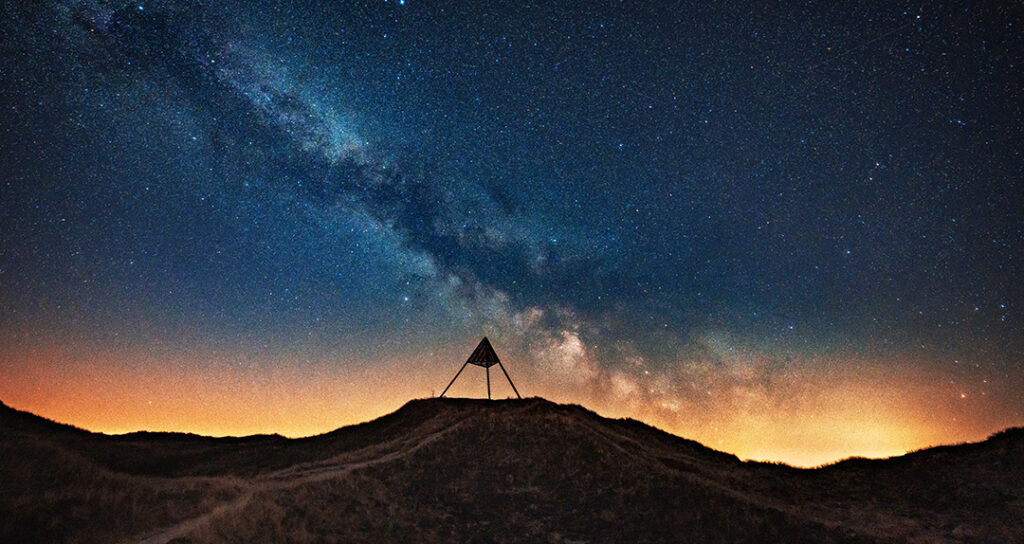
Taking backups of your photos daily on your trip
Make sure to always make a backup of your pictures and videos before the day ends. Have a laptop and hard drive with you when traveling to ensure you have enough storage. It would be annoying to wind up running out of space on your laptop!
Another option is to use your cloud, just keep in mind that a steady wifi connection is required. In my opinion its not worth the risk – so I always bring an external hard drive and preferably with minimum 1 TB storage.
Read more about what I have in my backpack: A Travel Photographer’s Ultimate Packing Guide
4. Insurance on equipment is expensive but worth it!
Insurance of equipment. It can cost a lot of money to have insurance on your gear, but it costs even more if it breaks down and has to buy everything from scratch again. It is worth it!
3. Stay relevant by staying motivated
Follow other photographers on social media or wherever you can to get inspired. It never hurts to learn new tricks and get wiser on photography.
Getting inspired by others is a good idea
I like to stay connected on social media with my favourite photographers as it helps me stay motivated and get inspired. When I am deciding on a destination to visit I gain a lot of insight from previous trips by fellow travel photographers.
This not only helps me choose my locations, but also opens up for the opportunity to find hidden gems and lesser known places that are worth visiting.
2. Book important parts of your trip ahead
If you are going to travel, book airline tickets, Hotel / AirBnB, rent a car, etc., in good time before you leave. Preferably 2-3 months before if possible.
Remember to remove cookies before ordering anything from websites, as websites sometimes increase prices when they can see you have visited their site often.
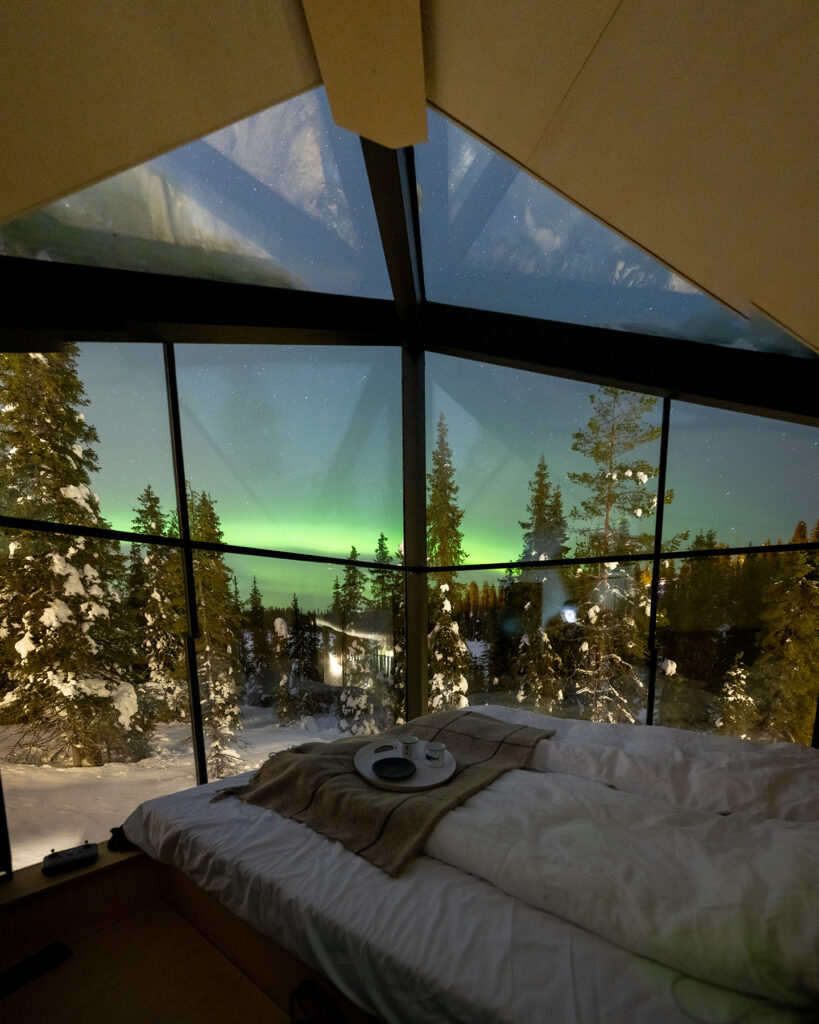
1. Remember to have fun and enjoy the trips!
The great thing about turning your passion into your job, is that you get to enjoy what you do and have some fun!
Make room In the schedule for experimental photoshoots
Although being a travel photographer is my job, it’s also my main hobby. To ensure that I stimulate the playful side of my passion, I try to make room in my schedules for experimental photoshoots. This allows me to have some extra fun beside the work aspect.
Experience the culture
I see myself as being very lucky that traveling is such a big part of my life. When visiting new locations for photoshoots, I tend to plan time off for experiencing the culture and food at the place I am visiting.
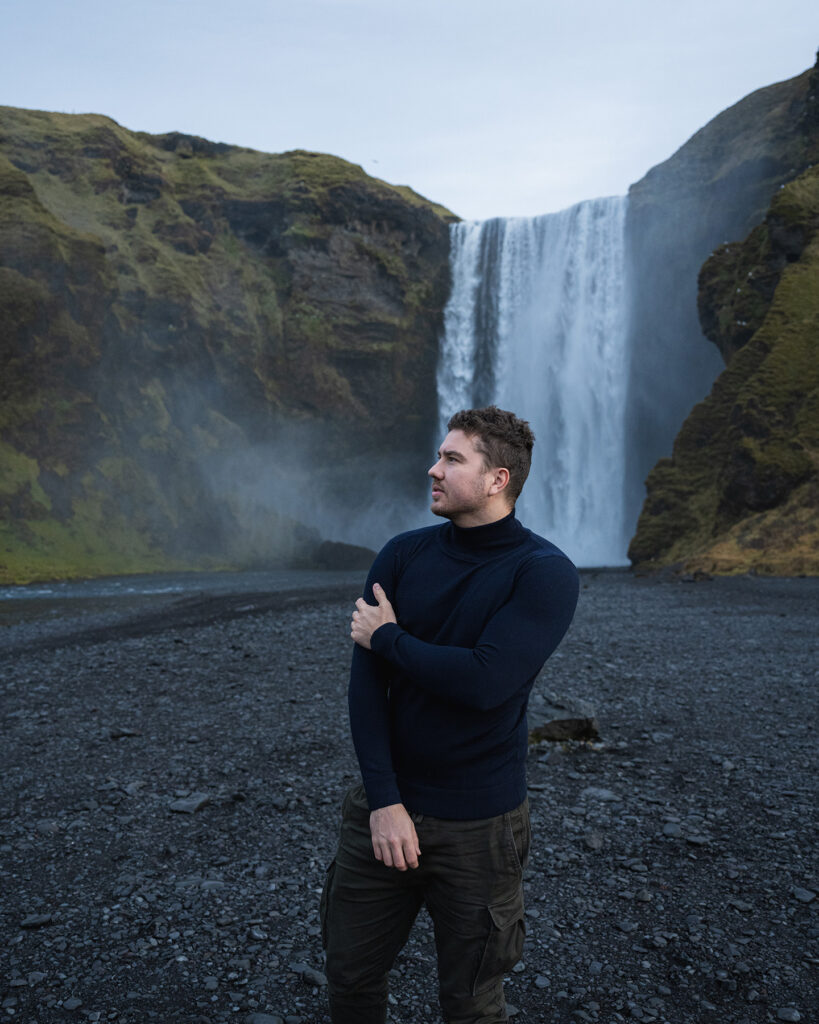
Thanks for reading!
That’s it. Feel free to write a comment if this article helped you
Like this article?
Share on Facebook
Share on Twitter
Share on Linkdin
Share on Pinterest
